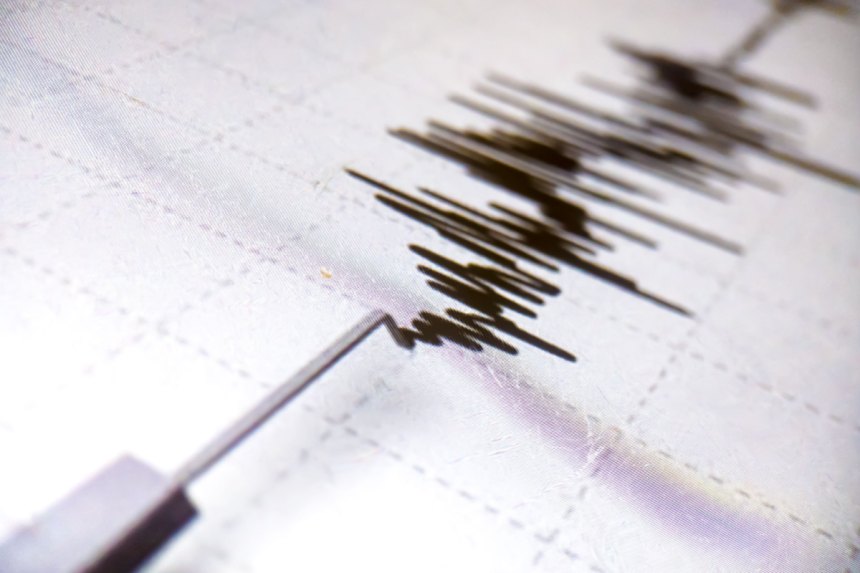A powerful 6.0-magnitude earthquake struck eastern Afghanistan late Sunday, leaving more than 800 dead and nearly 3,000 injured, according to the United Nations. The disaster has flattened entire villages, particularly in Kunar province, and rescue operations remain challenging due to blocked roads, rugged terrain, and limited resources. Officials warn the death toll may rise further as many victims remain trapped under rubble.
Epicenter and Immediate Impact
The quake struck at 23:47 local time near Jalalabad in Nangarhar province, shaking nearby Kunar, the hardest-hit region. Residents described terrifying tremors and aftershocks, with many fleeing their homes in fear. In villages like Mazar Dara, up to 95% of homes have been destroyed. Built largely with clay, stone, and mud, these structures collapsed quickly, burying families inside.
Challenges in Rescue Operations
Blocked mountain roads and recent flooding have hampered relief efforts. Helicopters became the only viable means of reaching remote areas, with over 100 flights conducted once daylight allowed. Still, many injured survivors remain unreachable. Taliban officials in Kunar reported entire villages flattened, adding that priority has shifted from recovering the dead to saving the wounded. Survivors described chaotic scenes at overwhelmed hospitals, where hundreds of patients were admitted or treated in makeshift spaces.
Humanitarian Struggles
The earthquake comes amid Afghanistan’s deepening humanitarian crisis, worsened by drought, sanctions, and cuts to foreign aid since the Taliban’s 2021 return to power. International NGOs reduced their operations, leaving limited support for local responders. The Taliban government has appealed for global aid, stressing the need for medical supplies, shelter, and food. International agencies fear that, without immediate assistance, the combined effects of hunger and displacement could exacerbate the disaster.
Geological Context
Afghanistan sits atop multiple seismic fault lines, making it highly vulnerable to earthquakes. The shallow depth of Sunday’s quake — only 8km — magnified its destructive power. Tremors were felt as far as Kabul, 140km away, and across the border in Pakistan. Similar quakes in Herat and Paktika in recent years each claimed more than 1,000 lives, underscoring the country’s seismic fragility.
The earthquake has deepened Afghanistan’s humanitarian crisis, devastating already fragile communities. With villages destroyed, hospitals overwhelmed, and aid limited, the country faces an urgent need for international support. Without swift and coordinated relief, both the human toll and long-term recovery challenges will continue to mount.






